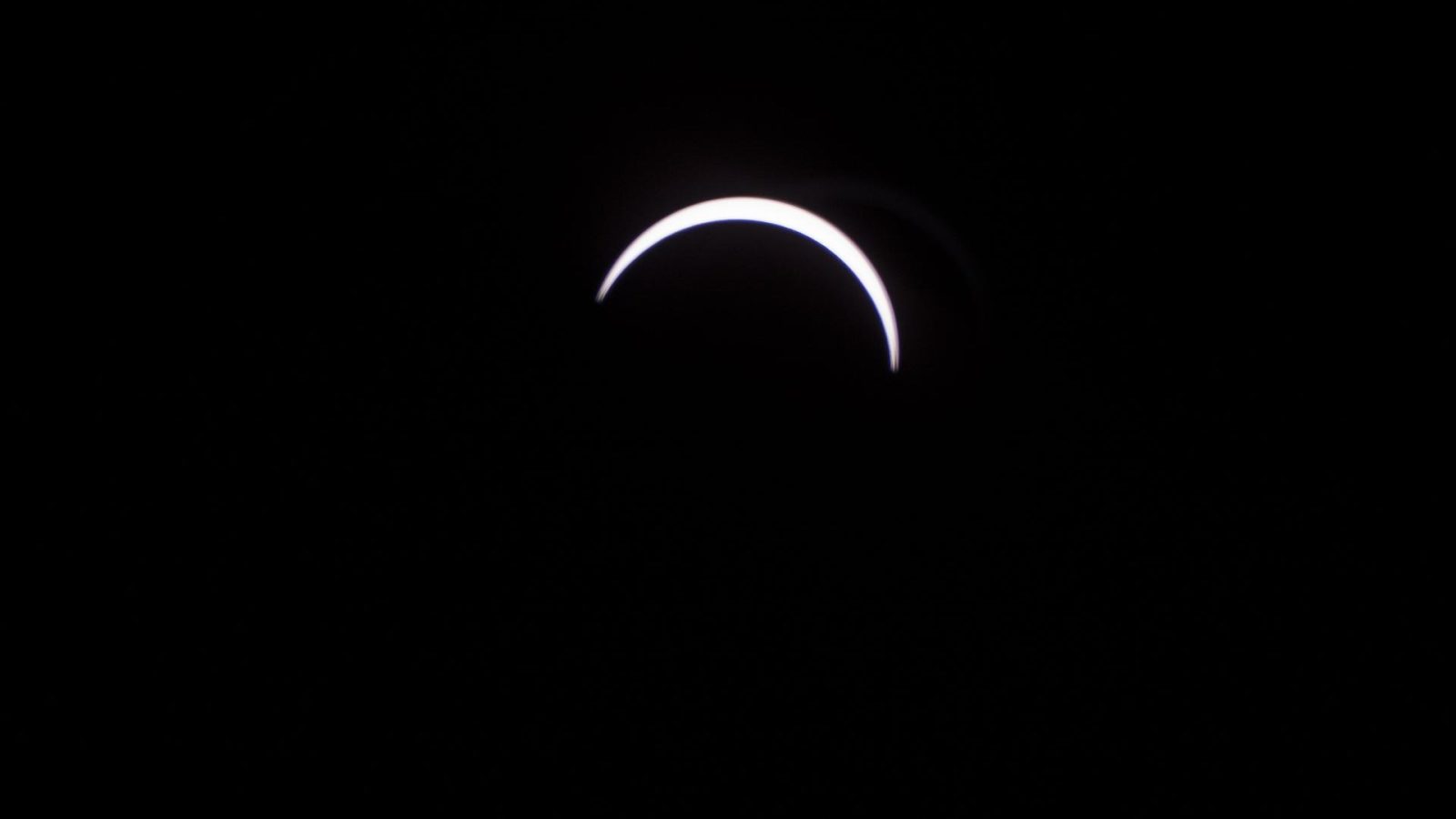
On Thursday, April 8 the Moon will block out the Sun across a large part of Central and Eastern United States. For many of us it will be your first total solar eclipse and you probably don’t know what to do or how to enjoy it. Former NASA astronaut Terry Virts has a few key tips for what to do during next week’s eclipse.
An astronauts way to view a solar eclipse
Tery Virts was selected by NASA to be an astronaut in 2000 after a career as a test pilot in the US Air Force. He flew on two missions to space, STS-130 and Soyuz TMA-15M where he took the most photos of any previous mission before him and witness a solar eclipse from space. In 2017, he witnessed his first from the chains of gravity over in Oregon. For Monday he plans to be in Dallas to hopefully see his second one (if weather allows it).
Most humans never get to see a total solar eclipse. While they take place a regular schedule, only small parts of the world can see it and sometimes they don’t even happen over land. On Monday the eclipse will begin in Mexico, move across Texas, the lower Midwest, and into New England before crossing New Brunswick and into the Atlantic Ocean.
While the majority of North America will get to experience a partial eclipse, only that small path from Texas up to New Brunswick will get the Sun 100% blocked by the Moon. This is where Virts’ first tip comes in, “get as close to the center line as possible.”
Tip 1: Get close to the center line
Being on the outskirts of the totality path and being at the center could mean the difference of a few seconds of totality to up to four minutes! So if you have a car and can drive, even a few miles closer to the center line will give you more time at totality.
However, you need to be prepared for large crowds, especially at those large cities inside the eclipse’s path. CNN reports an estimated 20 million people traveled for 2017’s total solar eclipse and I would guess we’ll be well north of that number with the next one not coming to the US for a few decades.
But don’t feel bad if you can’t get inside the path of totality, even partial eclipses can be a magical experience! And now we’re at Virts’ second tip for solar eclipses, “get yourself certified solar eclipse glasses.”
Tip 2: Get solar eclipse glasses
Solar eclipse glasses are an extremely important tool to have no matter where you are. “When you put them on you shouldn’t be able to see anyone around you,” Virts said. Normal sunglasses, even polarized or mirrored ones, are not dark enough for eclipses. You should NEVER look directly at the Sun without these glasses or a similar tool to block out its bright light.
While there is still time to find glasses at some stores and even on Amazon (if you have Prime), time is not on your side and it will quickly be harder to find them in time so prepare now! Remember, make sure they are certified glasses and do a test by putting them on and looking around before looking at the Sun.
Luckily there is another option out there for you to find glasses in a short period of time, Sonic! Virts partnered with Sonic to get the word out on the chain’s Blackout Slush Float. The space themed drink comes with a pair of certified solar eclipse glasses. The company also has about 400 locations in the path of totality so if you need some food and glasses, this might be a good option.
Tip 3: Enjoy the experience!
Total eclipses don’t happen often, and many people never get to see one in their entire life time, so make sure you enjoy yourself while out there. Photographers from around the world will be here to take jaw dropping photos of the eclipse, so don’t stress too much about getting the “perfect shot.”
And if you don’t have the equipment, forget about finding solar filters at this point as they will take weeks to ship or will not be good enough for solar photography. Just like your eyes, camera sensors shouldn’t be pointed towards the Sun without the right filters. Now you can take those filters off during totality, if you are taking photos make sure to set a reminder to do so and be a good samaritan and remind others.
Tip 4: Take in your surroundings
This time around Virts said he plans to take in his surroundings more than worrying about anything else. Unlike humans, wildlife don’t get years heads-ups that the Sun is going to get turned off. Many will begin to act like it’s night time and then morning in a matter of minutes.
Another thing Virts suggests to take a look at are the horizons. During totality it will look like the Sun is rising in a complete 360 degree circle of you. There are also many other word phenomenon that happen during eclipses that you may or may not notice. NASA takes a lot of time during eclipses to study what it does and also the Sun. We live in a weird spot in the solar system that this happens, yes it doesn’t happen anywhere else! So learning from it is NASA’s top priority.
Be safe, have fun, and happy solar eclipse viewing!
FTC: We use income earning auto affiliate links. More.


Comments